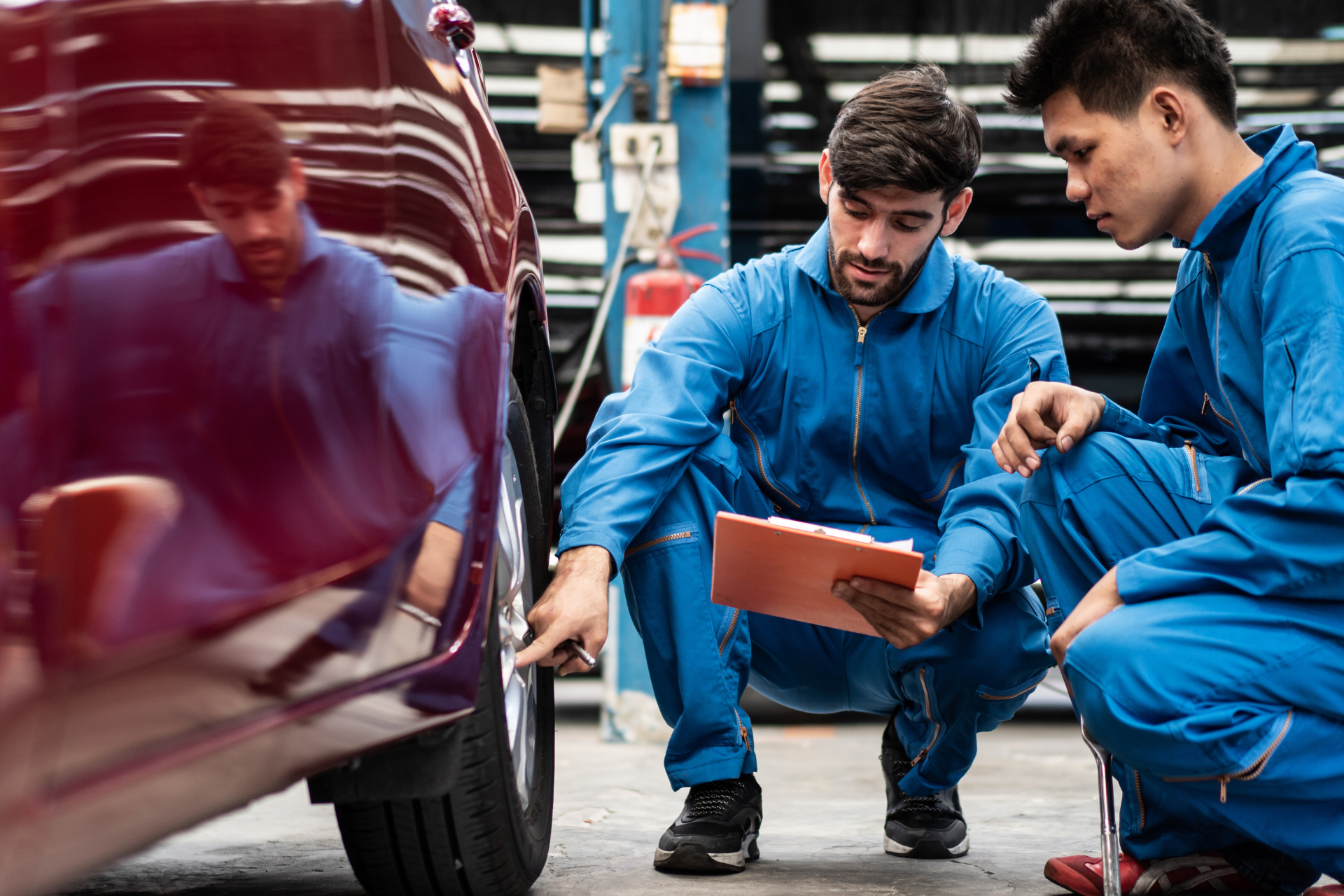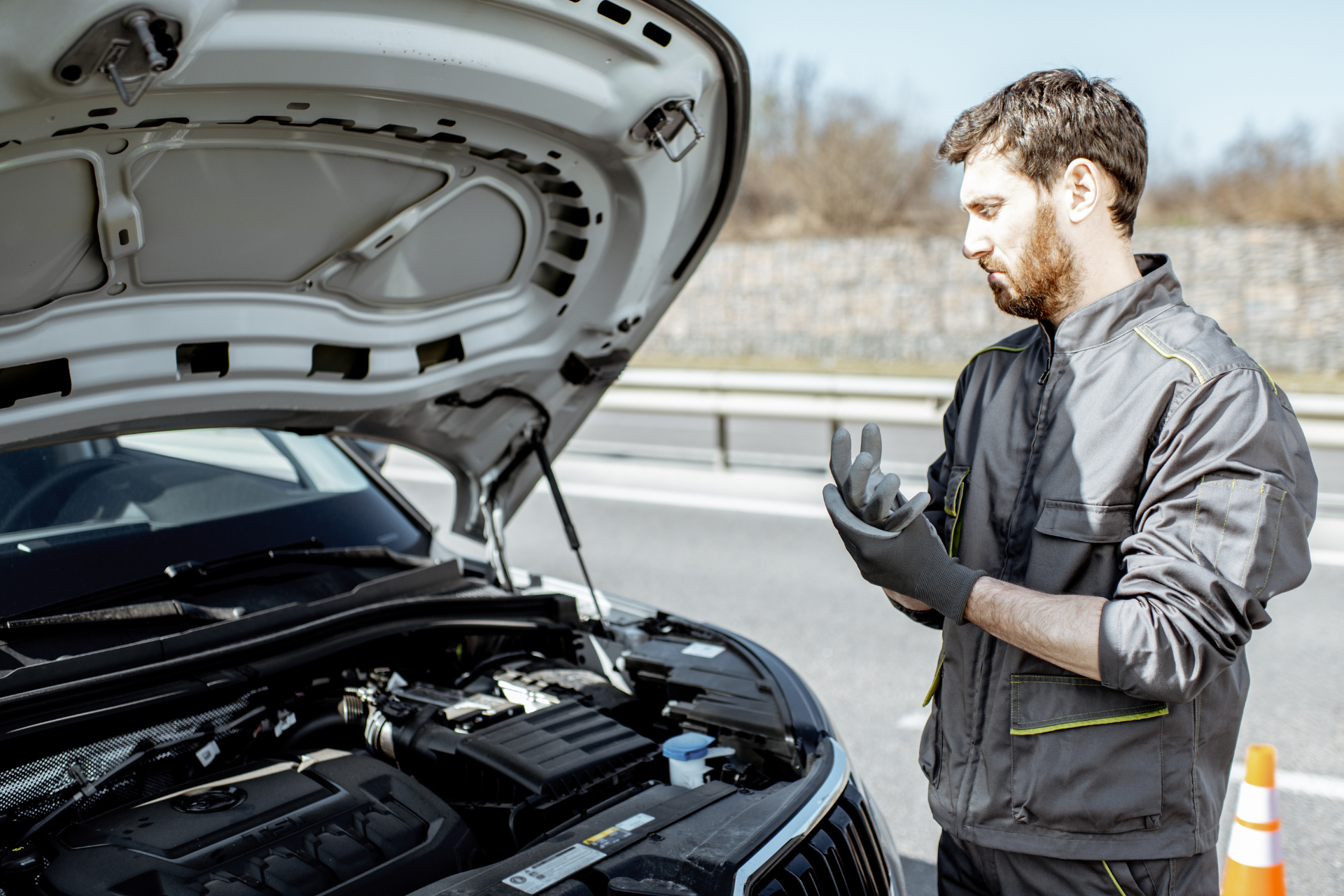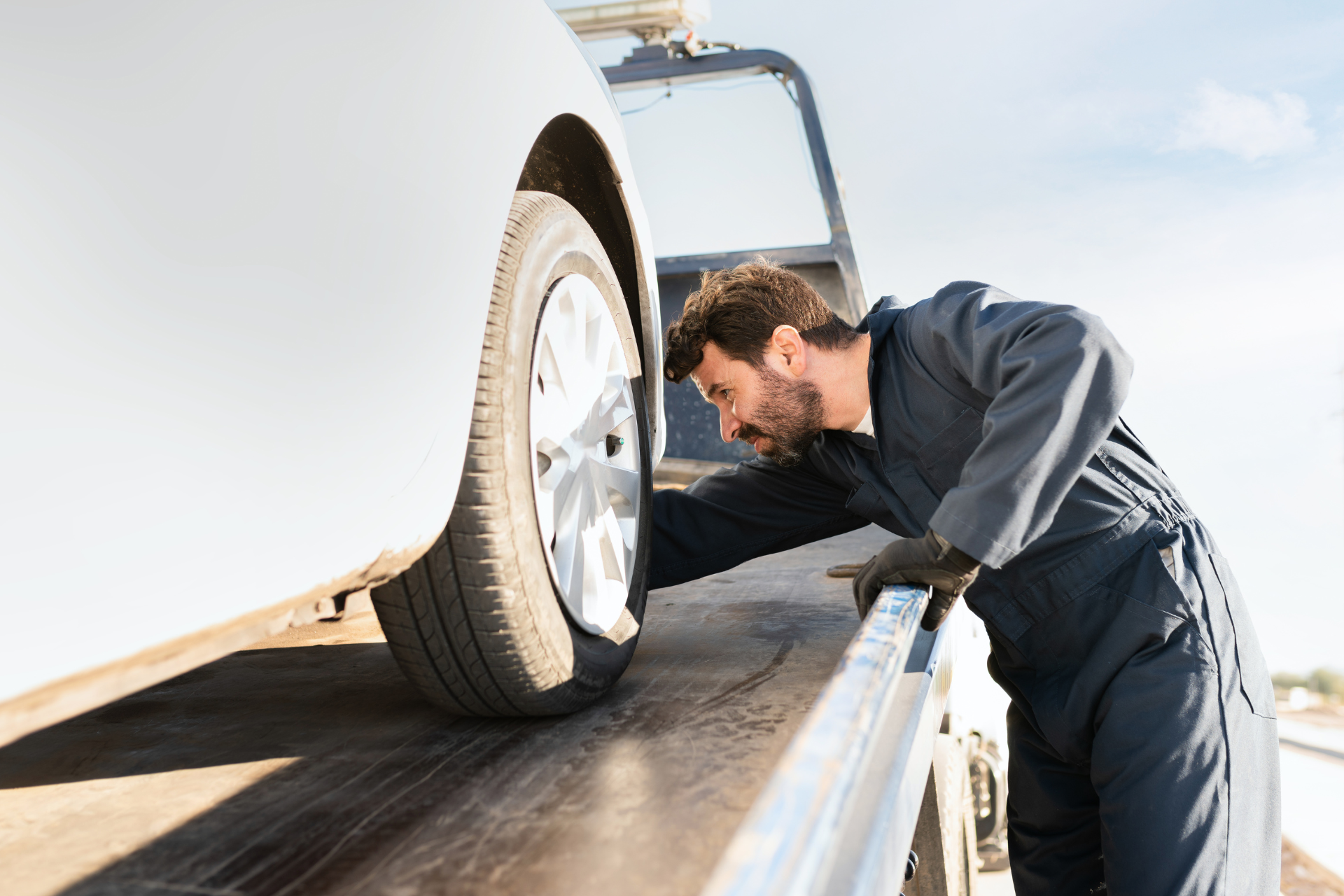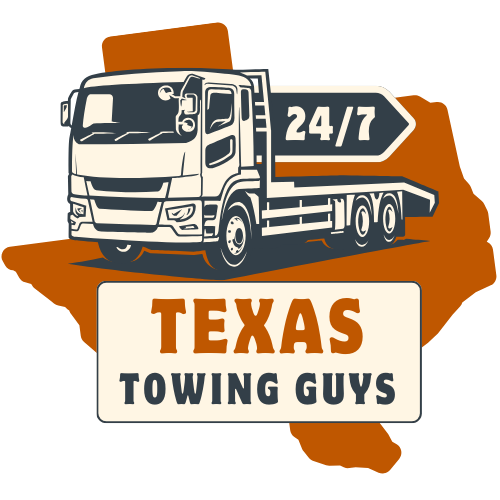Tire Pressure Tips for Texas Drivers: How to Prevent Flats on the Road
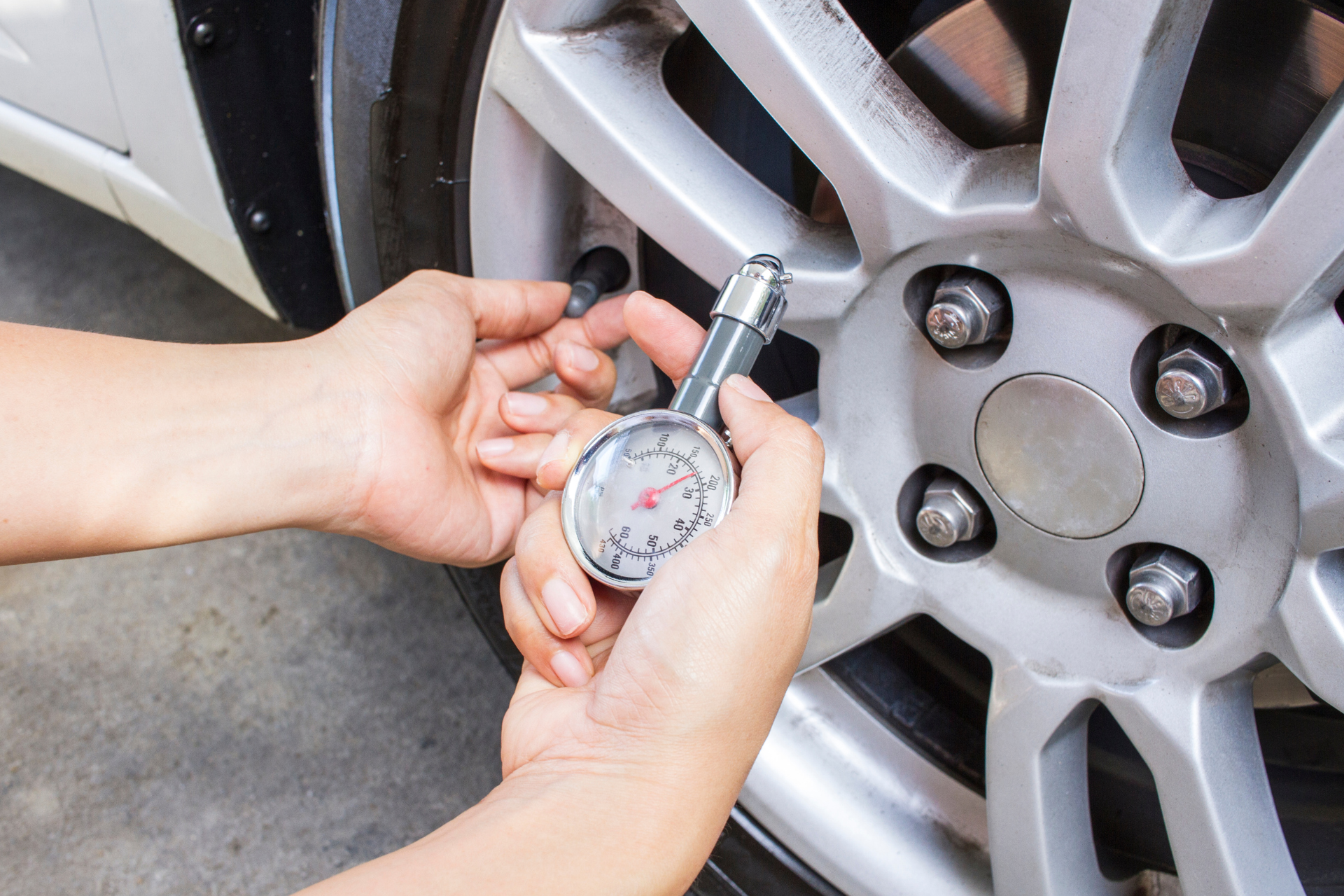
Hey there, Texas drivers! We at Texas Towing Guys know how much you love hitting the open roads of our great state, whether you're cruising through the Hill Country or heading out to the coast. But nothing can ruin a perfect day on the highway faster than a flat tire. That's why we want to share some essential tire pressure tips to help you avoid those unwanted roadside stops.
Understanding Tire Pressure
Let's start with the basics. Tire pressure is the amount of air inside your tires, measured in pounds per square inch (PSI). Keeping your tires properly inflated is crucial for safety, fuel efficiency, and tire longevity. Low tire pressure can lead to poor handling, increased tire wear, and, of course, unexpected flats.
Most tires have a recommended PSI level, which you can usually find on a sticker inside the driver’s door or in the vehicle’s owner manual. It's a good idea to check this number when you’re having your tires serviced or changing them out for the seasons.
Why Texas Weather Matters
Texas weather can be a bit unpredictable! From sweltering summer heat to chilly winter mornings, temperature fluctuations can affect your tire pressure significantly. On hot days, the air inside your tires expands, increasing the pressure. Conversely, during cooler temperatures, the air contracts, which can lower the pressure. That’s why it’s crucial to check your tire pressure regularly, especially during seasonal changes or before a long drive.
Tips for Maintaining Proper Tire Pressure
1. Check Regularly
Make it a habit to check your tire pressure at least once a month and before any long trip. A quick inspection at the gas station can save you from a flat down the road.
2. Invest in a Good Pressure Gauge
A simple, reliable tire pressure gauge can be your best friend. Digital gauges are user-friendly, but a classic manual gauge works just as well. Keep it in your glove compartment for easy access.
3. Know What to Look For
If your tire looks “squished” or if your car seems to be leaning to one side, it might be time to check the pressure. Signs of a flat tire also include vibrations while driving or a warning light on your dashboard.
4. Don’t Forget the Spare
While you're at it, check the pressure of your spare tire too. You don't want to find out it's flat when you're already in a pinch!
5. Be Mindful of Load
If you’re loading up the car for a road trip, remember that extra weight can affect tire pressure. Consult your vehicle's manual for guidance on how much weight your tires can handle—overloading can lead to blowouts.
What to Do If You Get a Flat
Despite your best efforts, sometimes flats happen. If you find yourself on the side of the road with a flat tire, don’t stress! Texas Towing Guys are just a call away. Our roadside assistance team specializes in tire repairs and can get you back on the road quickly and safely.
So, there you have it, folks! By following these tire pressure tips, you’ll be well on your way to avoiding flats and keeping your travels safe and enjoyable. Stay safe out there, Texas! And remember, if you need help, Texas Towing Guys have got your back.
